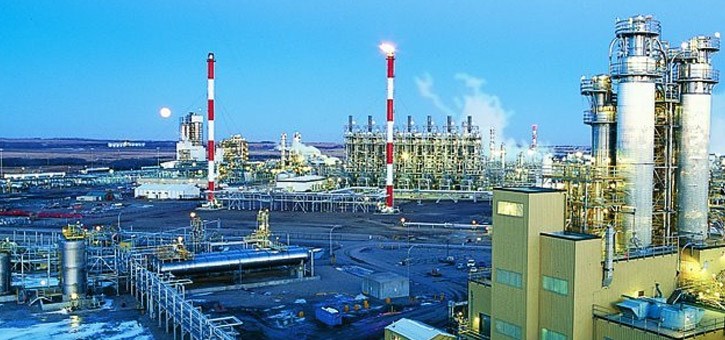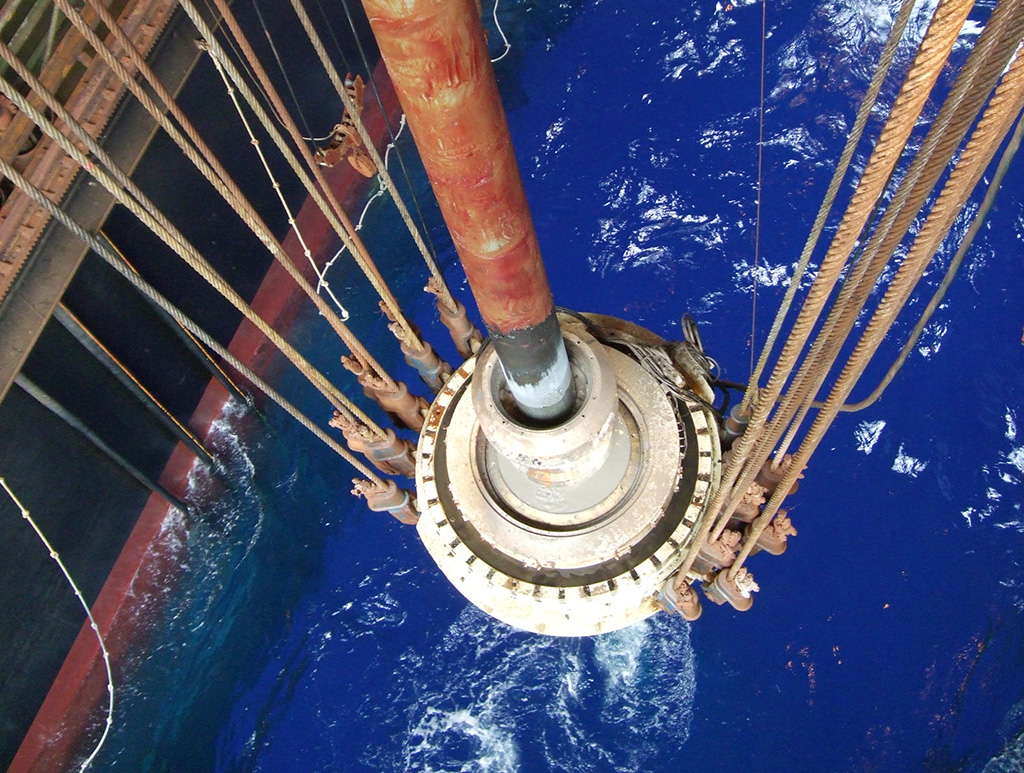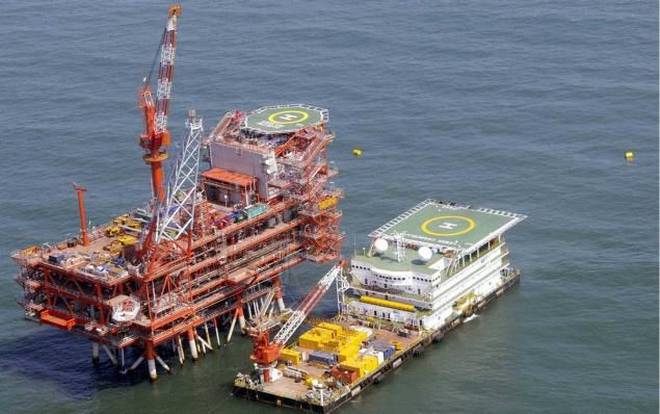Understanding the Risk of Gas Migration and How to Prevent It from Happening

Gas migration is a common phenomenon in the oil and gas industry. It means the entry and migration of gas from the well to another place. Often, this is a good thing and can result in a disaster when left unchecked. Some accidents that involve gas migration can include drilling and abandonment operation elements that went wrong.
Even if the cement job and placement were done perfectly, the workers can still make migration path if they displace the cement with a heavy fluid and the well to a light one. This can cause the pipeline to shrink a little and open a micro-annulus which can let the gas migrate.

Keep reading to know how to deal with gas migration:
Preventing Blow Out
Gas migration can take place in a well while drilling or cementing. Thus, if the hydrostatic pressure from the fluid column gets below the pore pressure in an exposed permeable formation that has gas, gas migration will take place in the well. In such a case, it is easy to detect the migration and take action to increase the pressure and circulate the gas out. The situation can rapidly worsen if there is only a small amount of gas into the well downhole. It will reduce the hydrostatic pressure downhole and possible result in more gas coming into the well. Such cycle results in increasing gas inflow which could cause result in a blowout.
Increasing Awareness
Gas migration is a concern during cement job designing. It is important for engineers to take the necessary steps to make sure gas is under control in three various stages of the cementing process. These stages include during placement, shortly following placement, and when the slurry cures and beyond.

The cement job needs to be designed so that the downhole pressure drops below the pore pressure. Sometimes, this can be difficult if an unweighted wash is used as pre-flush for the cement when operating close the pore pressure. This problem can be identified by the majority of cement job simulation programs and it can be avoided. After placing the slurry, more challenges will arise while the cement slurry enters the transition time during which the slurry begins to set up and lose its ability to fully transmit the hydrostatic pressure required for keeping the gas in place. In case gas enters the slurry and migrate, it can create unwanted communication channels. Lastly, when gas migration takes place after it has set up, something might happen a few days following the cement job.





